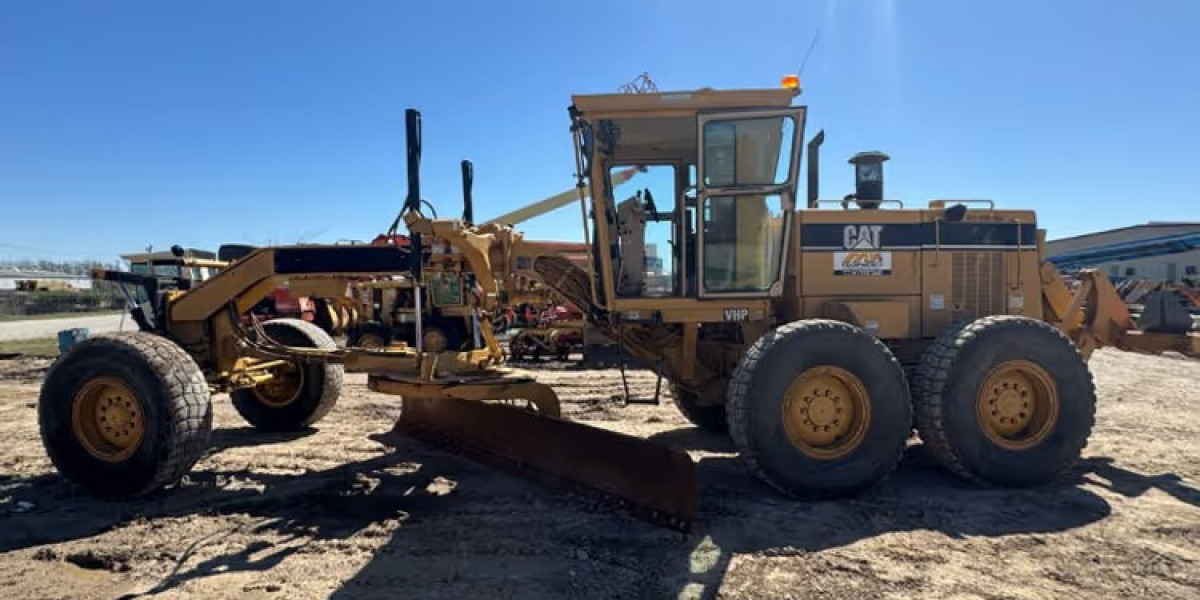Technological advances in heavy machine systems are creating new ways to deal with maintenance and repair operations. Advanced materials control systems and nanotechnology now deliver self-repair capabilities that was until recently available only in science fiction. Machines that detect damage and fix themselves plus stop failures before they happen will greatly change industries that work with heavy moving equipment. Modern technology development is changing how maintenance systems operate to perform better at lower costs.
The Science Behind Self-Healing Technology
A smart system protects machinery by using special materials that fix themselves with no human help. Scientists made microcapsules that contain healing agents and put them into different polymer products. After damage happens the capsules break open to release their contents which fix cracks and preserve the structure. Self-healing materials use microcapsules loaded with healing agents as well as vascular networks to transport fluid solutions to broken areas like how blood vessels transport nutrients to body wounds. The latest technology helps machines run shorter unplanned breaks and survive longer with lower maintenance expenses.
AI and Predictive Maintenance in Heavy Machinery
Machine self-healing operates better with artificial intelligence by predicting maintenance requirements. The sensors that receive AI power detect equipment performance data at all times and deliver precision results of temperature, pressure, and vibrations. The system detects problems ahead of time and either performs self-repair or sends messages to personnel. Machine learning algorithms identify wear patterns in historical machine data so the system can start preventive steps on time. By anticipating maintenance needs early, machines run better and breakdowns decrease overall while a heavy equipment company gains more efficient machine operations.
Nanotechnology and Autonomous Repairs
Self-healing machinery uses nanotechnology to solve major issues with small-scale solutions. Scientists use nanoparticles to place in lubricants and coatings that can fix small material issues at a molecular level. Self-assembling nanoparticles locate and fix cracks as well as rust and damage by sealing breaches to bring back material strength. Repair machines based on artificial intelligence and nanotechnology can scan and solve internal issues of machinery without human presence. Nanotechnology repairs work best for machines that handle rough operations at extreme locations such as underwater oil platforms and space exploration vehicles.
The Benefits of Self-Healing Machinery in Heavy Equipment
Self-healing technology applied to heavy equipment machinery offers many important benefits. Self-healing machinery helps prevent periods when equipment cannot work. Self-repairing systems make machines last longer through failures which help delay projects in construction mining and logistics operations. The built-in repair system lowers repair costs while diminishing scrap materials. The new technology provides better maintenance of hard-working machines while using fewer resources which helps achieve international goals for industrial carbon emissions reduction.
Challenges and Limitations of Self-Healing Technology
Although self-healing technology holds great promise it deals with multiple difficulties. Organizations must deal with the high expenses required to put self-healing technology into use. Building and adding self-healing materials alongside AI systems demands substantial money that small and medium-sized companies might find hard to pay. Small material damage can be repaired by self-healing technology yet extensive mechanical breakdowns remain beyond its capability. Making self-healing technology work with old heavy equipment requires many changes because it needs to be installed in the current system. The industry needs to address these barriers to the use of self-healing materials widely.
Impact on Job Roles in Heavy Machinery Maintenance
New self-healing machinery systems will create major changes in how people work at heavy equipment maintenance facilities. Advanced systems need human oversight to keep running even though automated systems will need fewer manual maintenance routines. Maintainers will focus on supervising AI systems as they analyze machine problems while managing smart technologies and self-repairing materials. Training systems will change to teach workers the necessary skills to work jointly with smart equipment. The growth of self-healing systems creates more work possibilities in monitoring tools, running software programs, and predicting equipment behavior.
The Future of Self-Healing Machinery in Industrial Applications
Research and development efforts make self-healing machinery more effective and robust for upcoming technologies. Advancements in science and technology will make self-repairing tools easier to obtain and less expensive. These developments will make agriculture engine production and building projects safer and more effective while reducing environmental impact. Connecting self-healing technology with IoT devices will let us monitor and actuate maintenance operations from afar to decrease human contact.
Overview
Self-healing equipment breaks new ground in heavy machine maintenance by suggesting possible systems that fix themselves and avoid severe breakdowns. This technology makes both production processes work better saves resources and keeps machines running longer. Research into self-healing technology and industry investments will boost its spread across multiple industries. Self-repairing machines will lead us to maintenance practices that make the industry stronger and cheaper to run.









